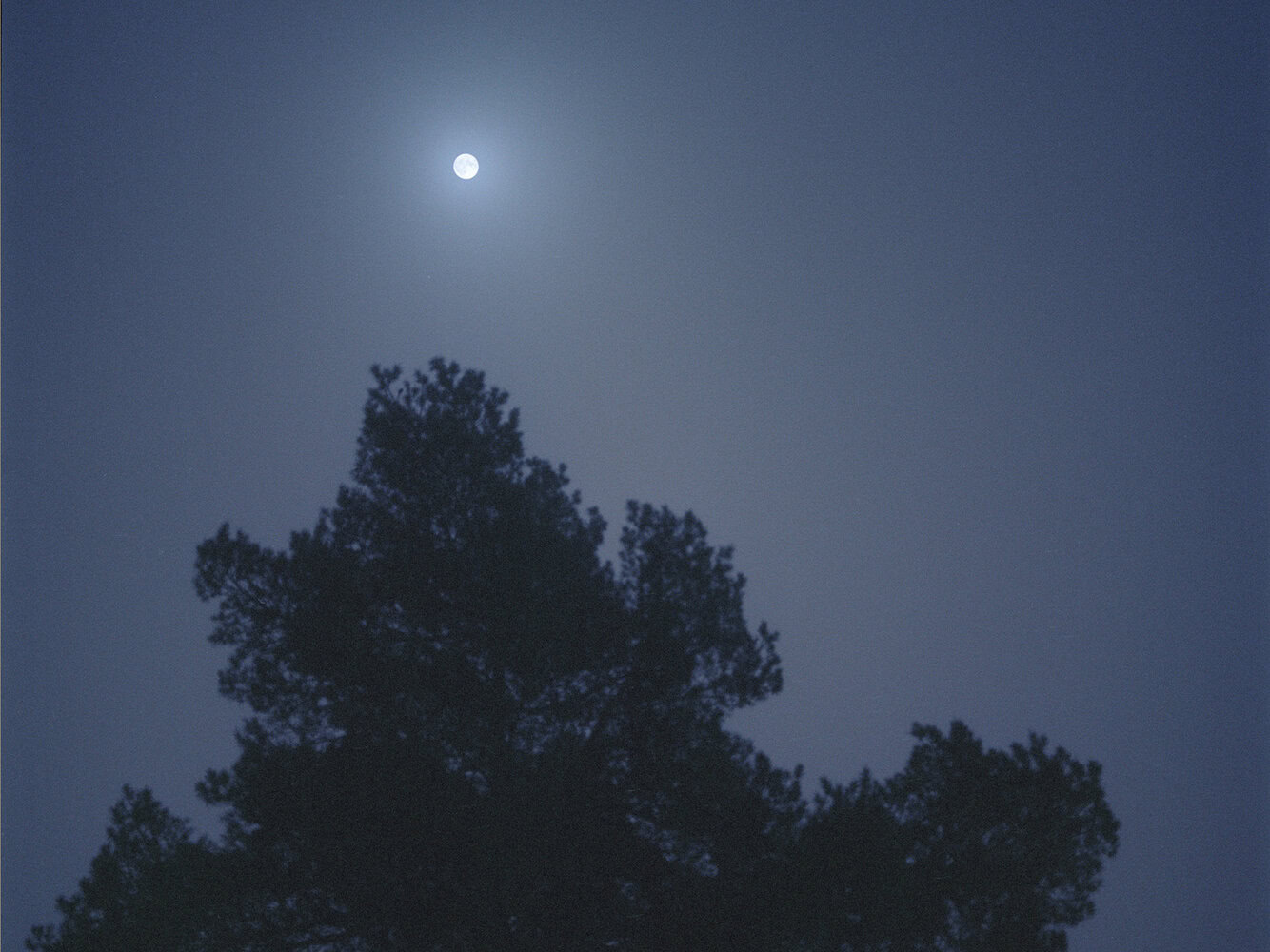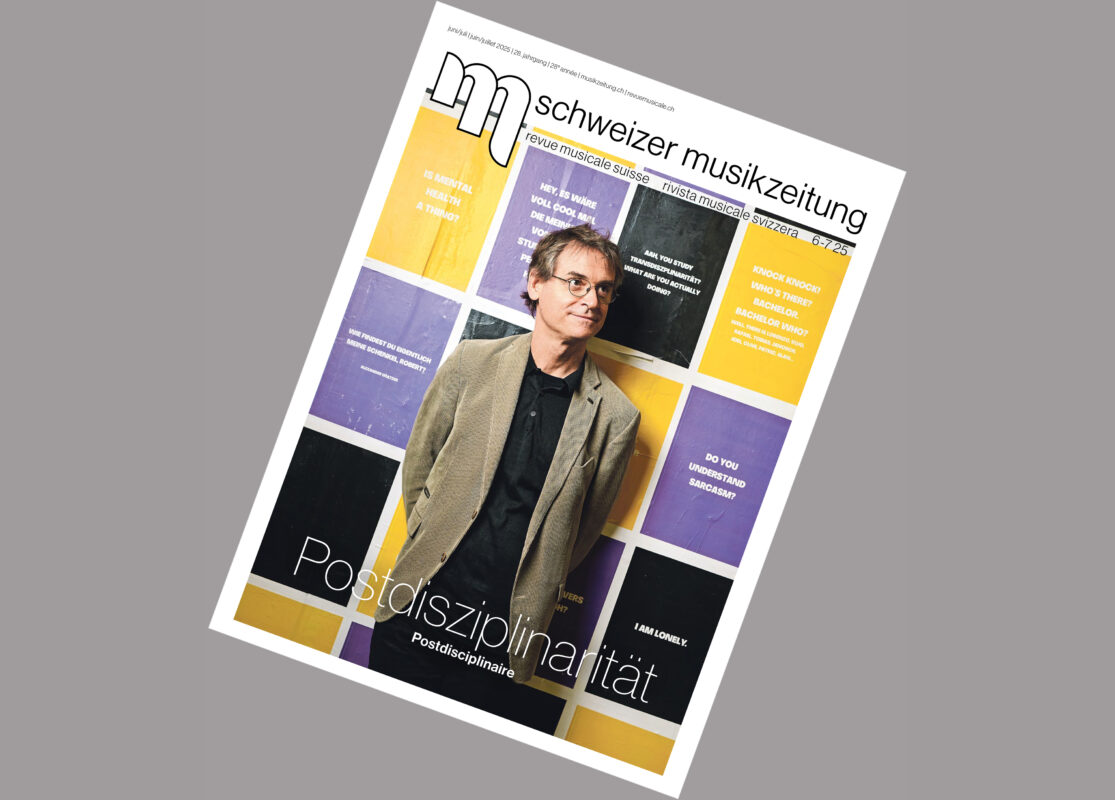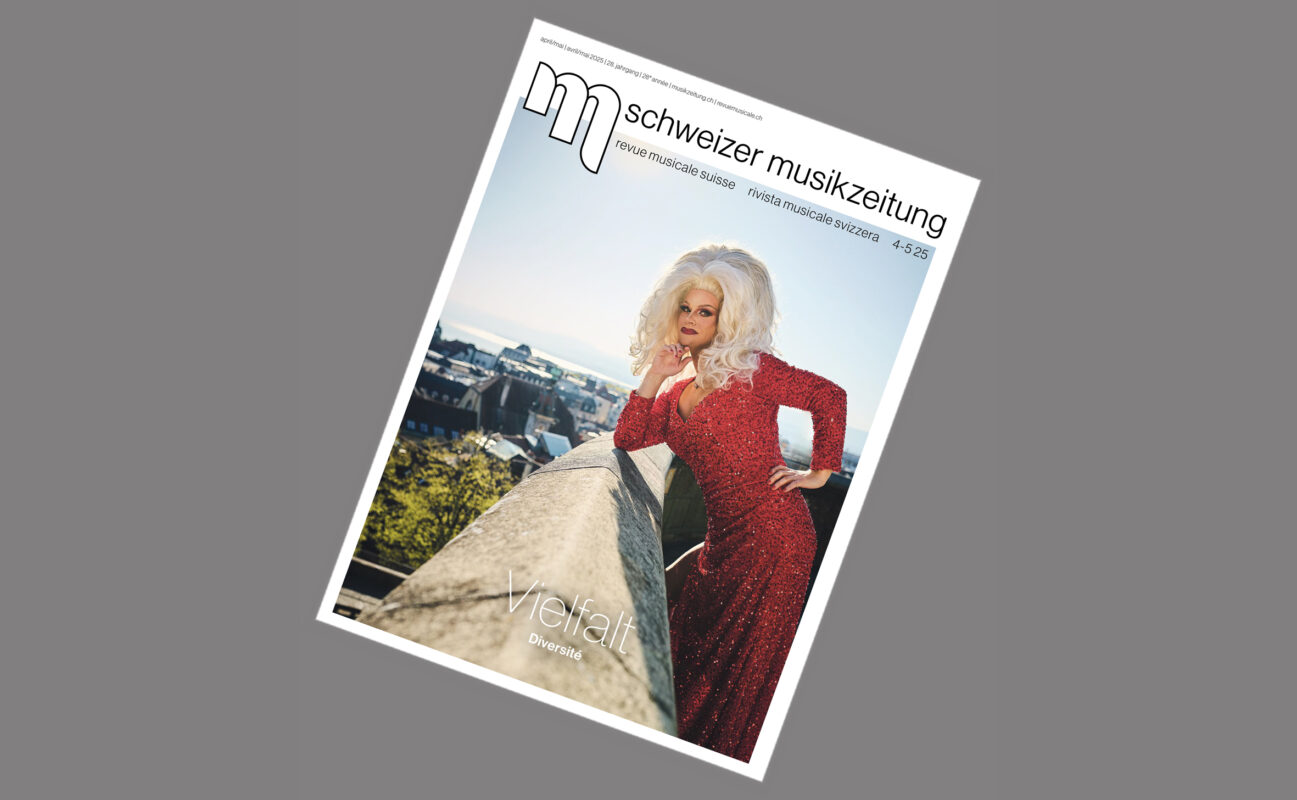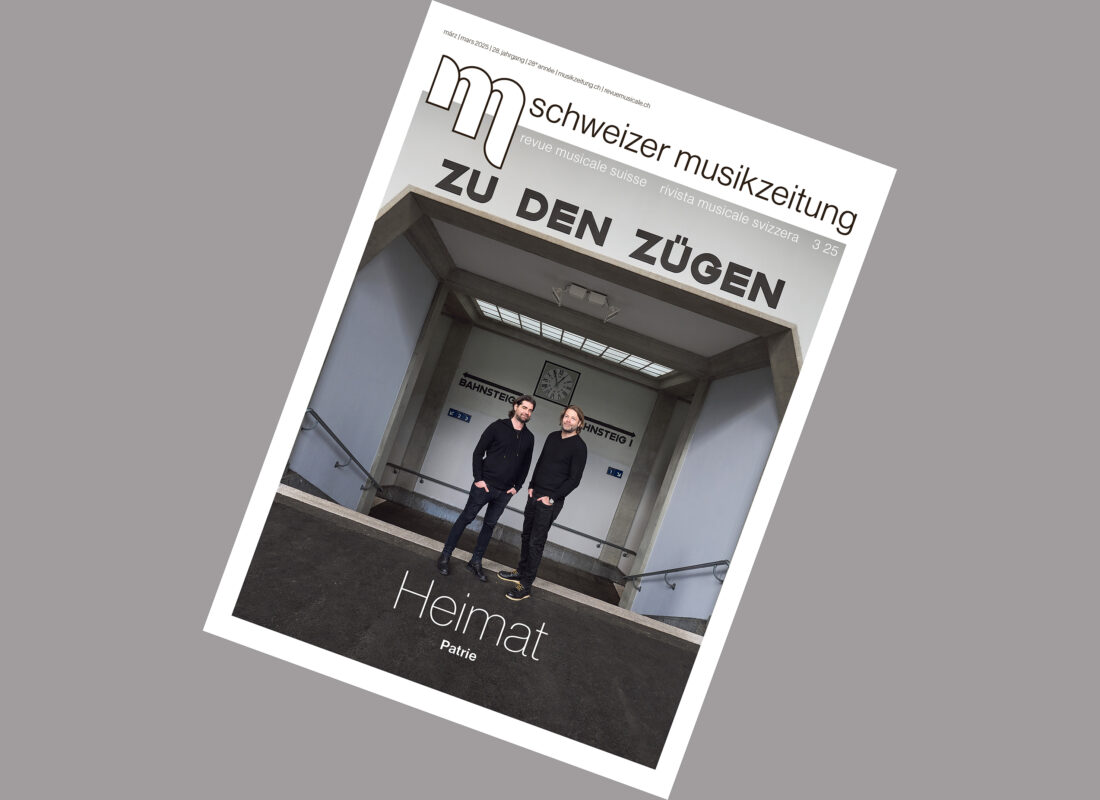Even less is empty
Silence has two sides. While we consciously seek the positive silence, the other silence confronts us with an unpleasant emptiness. Artists have been playing with the fear of emptiness for over 100 years when they challenge us with works that are reduced to an absolute minimum.

Scene one: A bare, white-painted waiting room. There is nothing more than a hard chair. It blends in beautifully with the wall, tone on tone. Let's imagine we have to stay here and don't know how long. So let's take a seat. The information that the room offers us is quickly scanned. If our attention keeps slipping away from the white wall, we will start looking for a new fixed point. It is possible that such a situation makes us uncomfortable.
Scene two: We are talking to another person. Our mutual familiarity is superficial. The dialog works according to familiar rules: One person talks, the other listens and remains silent. The ball is passed back and forth properly. But then one partner fails to pass the ball and the conversation pauses. The dialog comes to a standstill. We want to get the ball rolling again in search of a continuation. It is possible that such a situation makes us insecure.
Scene three: We are sitting in the concert hall. The musicians have entered, the instruments are tuned. The audience slowly quietens down and the light gives way to darkness. We await the first note, but it doesn't sound. We maintain our concentration for a while. But when the orchestra falls silent, our attention goes searching. It is possible that such a situation makes us restless.
What do all three scenes have in common? We experience silence in three different situations. A silence, however, that we were not looking for. We indulge in the positive silence with joy, find it in life-styled self-discovery meditations or through alpine nature experiences. The other kind of silence, however, throws us into nothingness. It does not relax us, it does not calm us down. It confronts us mercilessly with emptiness.
In the 20th century, a "less-is-more" fashion spread in art, music and literature. In the experimental field of reduction, monochrome paintings were created that denied the eye a fixed point. Or poems that spoke to the reader through pauses. And finally, a music of silence that revealed this emptiness that was difficult to bear. As a musical pioneer, Erik Satie was already exploring the musical treatment of time at the turn of the century. Vexations was the name of his piano piece, which lasted around twenty hours and for which the pianist had to prepare himself with the utmost silence. Post-war composers paid tribute to Satie's aesthetic and explored slow and quiet music. If the "less" in the music continues to increase, the silence becomes silence. If the pause "resounds" as deliberately composed silence, then we are confronted with the other side of silence. And with emptiness. "Less is more" becomes "even less is empty".
Wolfgang Rihm points out in the score of his music theater The Hamlet machine points out: "Nothing happens for 30 seconds. Despite horror vacui: count through. "
Philosophen nannten das Kind bei diesem Namen: «Horror Vacui» meint die Angst vor der Leere. Eine 30 Sekunden lange Pause ist tückisch, was man von einer 30 Sekunden erklingenden Musik selten sagen kann. Ob als hörendes Publikum oder ausführender Musiker: Schweigt die Musik, verschwimmt unser Fixpunkt, dehnt sich die Zeit. Die Leere, die sich zu uns gesellt, hat keine Richtung. Wenn der suchende Blick an der weissen Wand abrutscht, muss ein neuer Fixpunkt her. Deshalb ist es uns ein Drang, leere Flächen zu füllen, Pausen zu beenden und Schweigen zu brechen. Wie gut, dass unser Verstand uns helfen wird: Wann immer Situationen unangenehm werden, wird er Abkürzungen suchen, Unsicherheiten umgehen oder diese in Gänze verhindern. Dabei vergeudet er keine Zeit. Nehmen wir die dritte Szene: Im Konzertsaal warten wir auf den Beginn des Orchesterspiels. Unser Verstand wird verlässlich aktiv werden. Er sorgt dafür, dass unser starr zur Bühne gerichteter Blick sich langsam zum Bühnenrand hintastet. Wir werden feststellen, dass unsere Sitzposition nicht die Bequemste ist und sie korrigieren. Unser Sitznachbar tut dem gleich. Die Leere lässt unsere Sinne erwachen. Wir wippen die Beine, wenden den Kopf und atmen besonders tief durch. Unsere Gedanken springen. Wir werden Menschen beobachten oder die Einkaufsliste durchgehen. Die Taktiken zur Neufokussierung sind vielseitig. Beim gemeinschaftlichen Horror Vacui gibt es viel zu entdecken. Wir müssen die Leere nicht fürchten, denn sie entfacht wie selbstverständlich kreatives Potenzial. So gesehen gibt es diese Leere nicht.
Scene four: Let's trust that our minds will fill any empty space as if by magic. Let's simply take a confident seat in the white-painted waiting room. Together with a silent stranger, we wait for the promised piece of music to begin. Our mind will become active and bridge the tense silence. Perhaps relaxation is already setting in. At the latest when the music starts, the burden can fall from our shoulders. It is possible that we will get up with the first note to leave the room and start searching for a new fixed point: a place where we can celebrate the silence and emptiness a little more.








